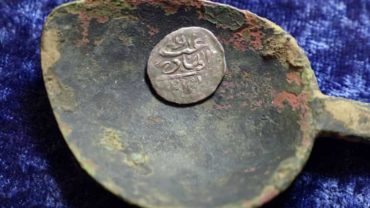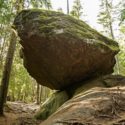Catalina Island, California, Is Home To A Rumored Race Of Fair-Skinned, Blue-Eyed Giants
Many civilizations inhabited Earth in the distant past, some of which are well-known, while others remain a mystery to this day. Giant legends exist in many ancient cultures around the world, but they have become a myth over time. Many artifacts and evidence of abnormally huge bones surfaced in the previous century, sparking speculations that giant beings lived among humans thousands of years ago.
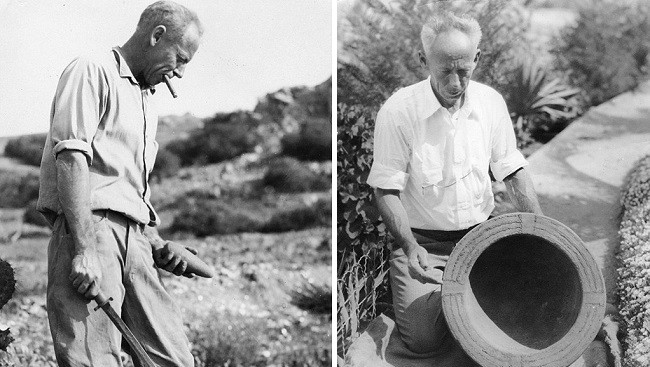
For over 13,000 years, a group of islands off the coast of California has continued to disclose ancient riddles that scientists are still trying to unravel. Over 2000 flora and prehistoric species call these islands home. Among them, historians are drawn to Santa Catalina Island (commonly known as Catalina Island), which is 22 miles from Long Beach.
The history of Catalina Island is fascinating. It was first colonized by Gabrielino-Tongva Indian tribes of Native Americans circa 7000 BC. Juan Rodrguez Cabrillo, a Spanish explorer, named it the island and made it a Spanish crown in 1542. It was then taken over by Mexico in 1846, and near the end of the nineteenth century, it was purchased by a real estate speculator from the United States. The old burial mound was allegedly discovered in the early twentieth century by a man named Ralph Glidden, who moved to the island with his parents in 1896.
Before becoming interested in the Indian artifacts and ancient burial sites he discovered on the Channel Islands, he worked as a carpenter. He found multiple ancient burial sites on Catalina Island between 1919 and 1928, discovering human bones and corpses.
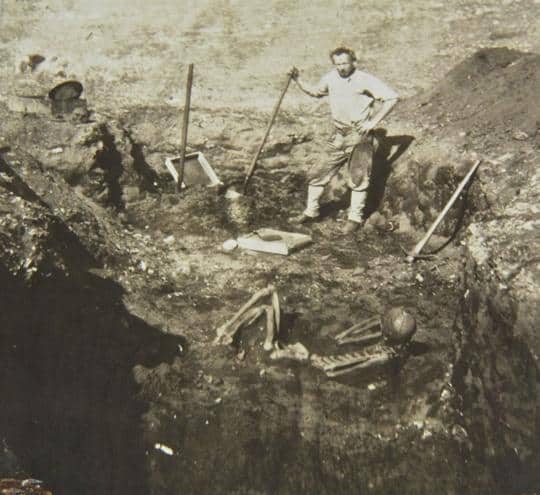
Glidden claimed to have discovered 800 burial sites, a plethora of Indian artifacts and antiquities, and thousands of ancient Indians’ bodies during the excavation, which he sold and traded to museums and collectors. He is reported to have unearthed around 800 gravesites throughout the island, containing thousands of artifacts and 4,000 human skeletons.
Glidden established the “Catalina Museum of Island Indians” in 1924, where he publicly showed his discoveries. With shoulder-blade cornices and windows lined with toe, ankle, wrist, and finger bones, he described his “Indian museum” as a “unique and weirdly stunning institution.” Leg and arm bones were used as shelf brackets for skull-lined shelves. The human vertebra and shoulder blade rosettes adorned the ceiling panels.
The most bizarre of Glidden’s claims was that he discovered a mythical prehistoric race of fair-skinned blue-eyed giants who formerly inhabited Santa Catalina and its neighboring islands, with adult men towering 7 to 9 feet in height.
“Glidden claims overwhelming proof that a fair-skinned, fair-haired, highly intelligent race of great stature lived on Catalina Island, off the southwestern coast of California, perhaps three thousand years ago, and that his excavation of a massive cache of skeletons, domestic utensils, urns, wampum, and other artifacts is quite out of the ordinary class of Indian discoveries,” writes Mysterious Universe. A skeleton of a young girl, clearly of top-level, was encircled by the skeletons of sixty-four kids in a large memorial service urn, and more than three thousand other skeletons were discovered in various parts of the island, virtually all of the males averaging around seven feet in height, one being seven feet eight inches from the top of his head to the ankle, and another being nine feet two inches tall.”
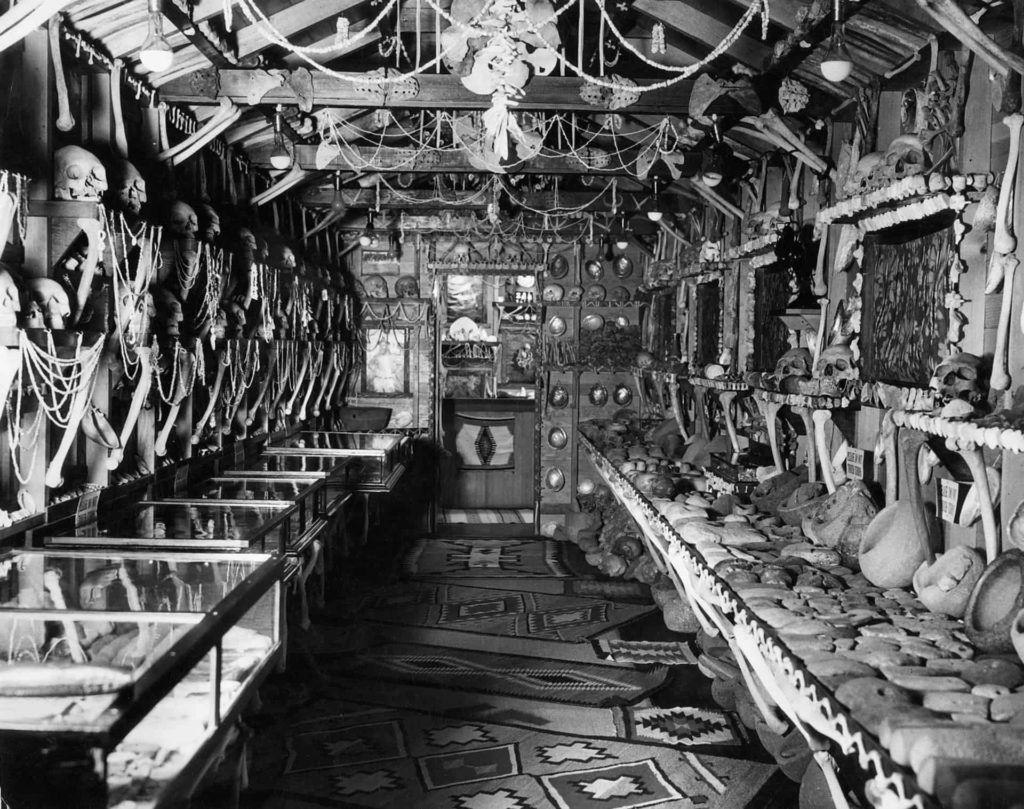
Curiously, German Dr. A.W. Furstenan discovered an 8-foot human skeleton in 1913. This was found in hard black sand, and when it was taken to the surface and exposed to air, it mostly decomposed, leaving only the skull, jawbone, and foot intact. Furthermore, another source claims to have discovered a 7-foot-tall skeleton with double rows of teeth and six fingers and toes. In the human remains discovered in the Channel Islands, multiple rows of teeth were prevalent. San Nicolas Island was also a hotspot for larger human skeletons that were thought to belong to a distinct race.
“Concerning the ‘giants’ of Santa Catalina Island,” stated John Johnson, Ph.D., an anthropology curator at the Santa Barbara Museum of Natural History, “these accounts are fictitious, as far as I have been able to discover.” For example, a vintage photo of Glidden in the background and the burial in the front only gives the impression that the skeleton is a giant.”
Glidden’s profession was short-lived, according to historical archives. He said that the alleged enormous skeletons he discovered were buried in a ritualistic manner. He assumed that the locals revered them as gods of some sort. His findings were met with skepticism in the mainstream media, and it was dismissed as a money-making scheme. He allegedly purchased the fake skeletons from a curio shop on Broadway in Los Angeles, according to some sources. L.A. Marzulli, a supernatural investigator, backed Glidden, saying that a comprehensive investigation of one of his images, which shows an 8.5-foot-tall skeleton, appears to be real. He also remarked that one of the massive skeletons had six fingers visible.
At the age of 87, Glidden died in 1968. He is said to have sold his collection for $5,000 to the Wrigley family, who then donated it to the Catalina Island Museum.

